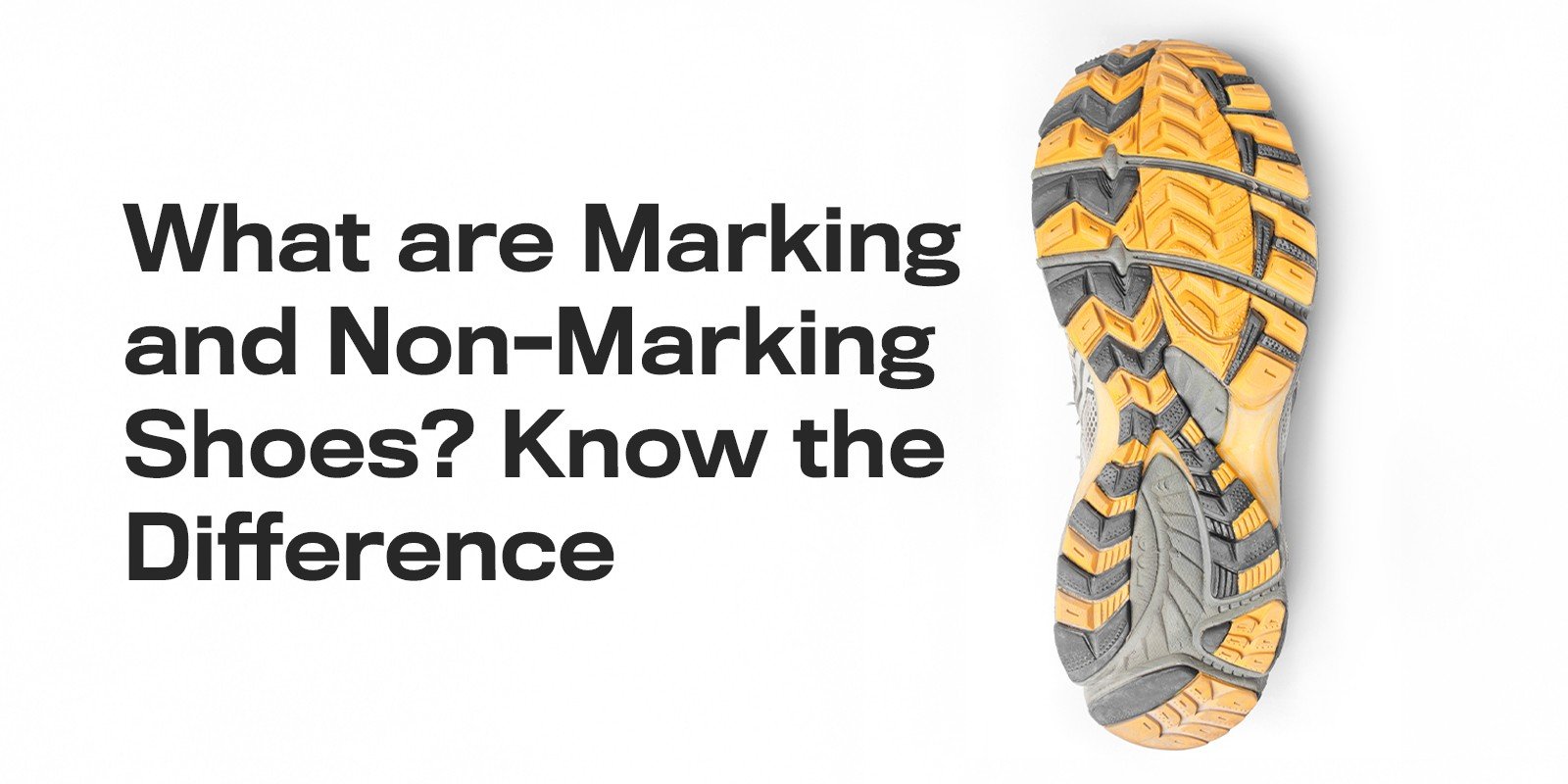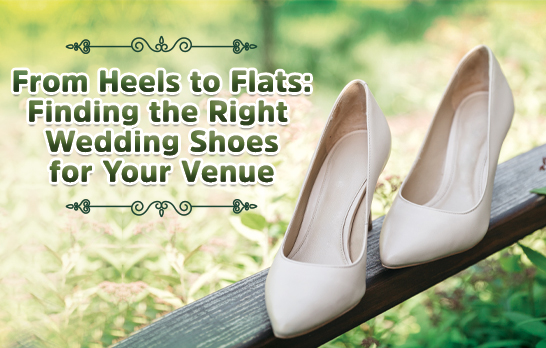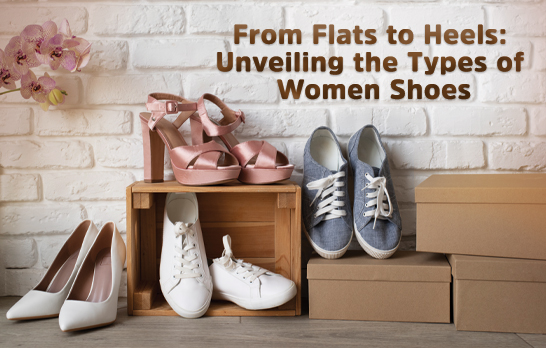WELCOME TO METRO SHOES Enjoy an extra 5% off on prepaid orders. Store Locator
Enjoy an extra 5% off on prepaid orders.
What are Marking and Non-Marking Shoes? Know the Difference
August 13, 2025
Non marking shoes are designed with soles that do not leave black scuff marks on indoor surfaces like gym floors, courts, or wooden halls. They are often required in sports venues to protect flooring and ensure smooth play. Unlike regular shoes, they provide good grip without damaging the surface.
Choosing between marking and non marking shoes depends on where you play and the rules of the venue. Many indoor sports like badminton, squash, and basketball make non marking shoes mandatory. Knowing this difference helps you pick the right pair for performance and venue rules.
What Exactly Are Marking Shoes?
To put it simply, marking shoes are footwear with soles that can leave visible marks — usually dark scuffs — on the floor. This typically happens when the shoe has a harder, coloured rubber sole that reacts to friction against smooth surfaces. As you can understand, this can be a problem in some cases.
These shoes are often fine for outdoor sports, where scuff marks aren’t an issue. On rough concrete, asphalt, or turf, the durability of marking soles works in their favour, offering grip and resilience. However, on polished wood or synthetic indoor courts, those same soles can leave behind unsightly streaks that are difficult to clean.
Key traits of marking shoes:
- Soles made of hard rubber, often in darker colours.
- Excellent durability for outdoor environments.
- Potential to damage or stain indoor flooring over time.
If your activity is exclusively outdoors — such as running on pavement or playing on concrete courts — marking shoes could still be a solid choice. But for indoor sports, you’ll want to look at another option. In fact, many venues that cater to court sports like badminton, pickleball, padelball etc often mandate the use of non-marking shoes to be allowed to use the court for your games.
Benefits and Meaning of Non-Marking Shoes
Non marking shoes are designed with soles that don’t leave marks or scuffs on smooth indoor surfaces. The non marking shoes meaning comes down to the type of sole material used — usually a softer, lighter-coloured rubber compound that maintains grip without damaging the floor. Sometimes, this type of shoe design is also called a court shoe. Even when it is not, there are other identifiable factors that can help you identify a non-marking shoe.
These shoes are favoured by indoor athletes because they combine performance with floor protection. Whether you’re playing basketball in a school gym or attending a dance fitness class in a studio, non-marking soles help maintain the integrity of the venue while giving you the traction you need.
Benefits of non-marking shoes:
- Gentle on polished and synthetic indoor surfaces.
- Designed for excellent multi-directional grip.
- Often lighter and more flexible for agile movement.
- Required in many indoor sports facilities and gyms.
In short, they’re about respect for both the game and the ground you play it on. It is important for you to know about them and how to pick the right one for your game.
Why Non-Marking Shoes Are Ideal for Indoor Sports like Badminton
If you’ve ever wondered what is non marking shoes for badminton, the answer is rooted in the nature of the sport itself. Badminton involves rapid changes of direction, short sprints, and sudden stops — all on a smooth indoor court.
A shoe with a marking sole could not only scuff the surface but also affect grip in ways that impact play. A court is not designed to be repaired and cleaned after every game. If that needs to be done it may affect the long-term usage of the court itself – making marking shoes a troublesome choice for badminton. Non-marking shoes, by contrast, provide:
- Consistent traction for quick lateral movements.
- Floor protection to meet court regulations.
- Comfortable cushioning for long matches.
- Lightweight flexibility to reduce fatigue.
Most indoor badminton facilities enforce strict rules about footwear, and non marking shoes vs marking shoes is often the deciding factor for entry. The wrong choice might see you sitting out the game entirely. On the other hand, the right choice is more than just an entry pass – it can elevate your game altogether.
How to Identify Non-Marking & Marking Shoes
Choosing the right shoe is easier when you know how to check it. Unless you know this, just one glance at the sole is not going to be enough to declare them court-safe and game ready. To help you identify them, we’ve listed down some factors. If you’re unsure what are marking shoes or non-marking ones just by looking, here are some quick tests:
- Check the sole colour: Non-marking soles are often light-coloured (white, beige, gum, or pale grey), whereas marking soles tend to be dark.
- Perform a paper test: Rub the sole lightly on a clean sheet of white paper. If it leaves a dark mark, it’s a marking shoe. There’s no test clearer than this one.
- Look for the label: Many sports shoe brands specify “non-marking” on the sole or inside the shoe. Check for these from a reliable brand.
- Consider the intended use: Shoes marketed for indoor court sports are generally non-marking, while those for outdoor running or street sports are more likely marking. There are specialised collections from brands that target the audience this way, which also has the added benefit of conveying the intended use case of the footwear.
By checking before you buy, you’ll ensure your footwear is a match for both your sport and its playing environment. Of course, don’t forget to check for your size.
Conclusion
When it comes to marking vs non marking shoes, the right choice depends on where you play, the rules of your sport, and how you want your footwear to perform. Marking shoes are rugged and durable for outdoor use, while non-marking shoes are the gold standard for indoor courts — protecting both your performance and the playing surface. Of course, you’d always want to abide by the rules of the game and for court sports, that often means wearing non-marking shoes. However, you also cannot affort to have your game’s level affected by your understanding (or lack thereof) of non-marking footwear.
Whether you’re shopping for sports shoes for men, sports shoes for women, sports shoes for boys, or even exploring stylish puma shoes for men, knowing what is the difference between marking and non marking shoes helps you make a smarter, more informed purchase. In such cases, you’re going to want to invest in something that lasts for a long time while also meeting the requirements of the game.
In the end, it’s not just about style — it’s about choosing a shoe that respects the game, the ground, and the grace with which you move.
FAQ’s About Marking and Non Marking Shoes
1) What are non marking shoes?
Non marking shoes have soles that don’t leave scuff marks on indoor floors.
2) How do I know if my shoes are non marking?
Check the sole; non marking soles are usually lighter and don’t leave black streaks when rubbed on a floor.
3) Why are non marking shoes required in sports?
They protect indoor surfaces, provide better grip, and meet venue rules.
4) Can I wear non marking shoes outdoors?
Yes, but they wear out faster on rough surfaces compared to regular shoes.
















